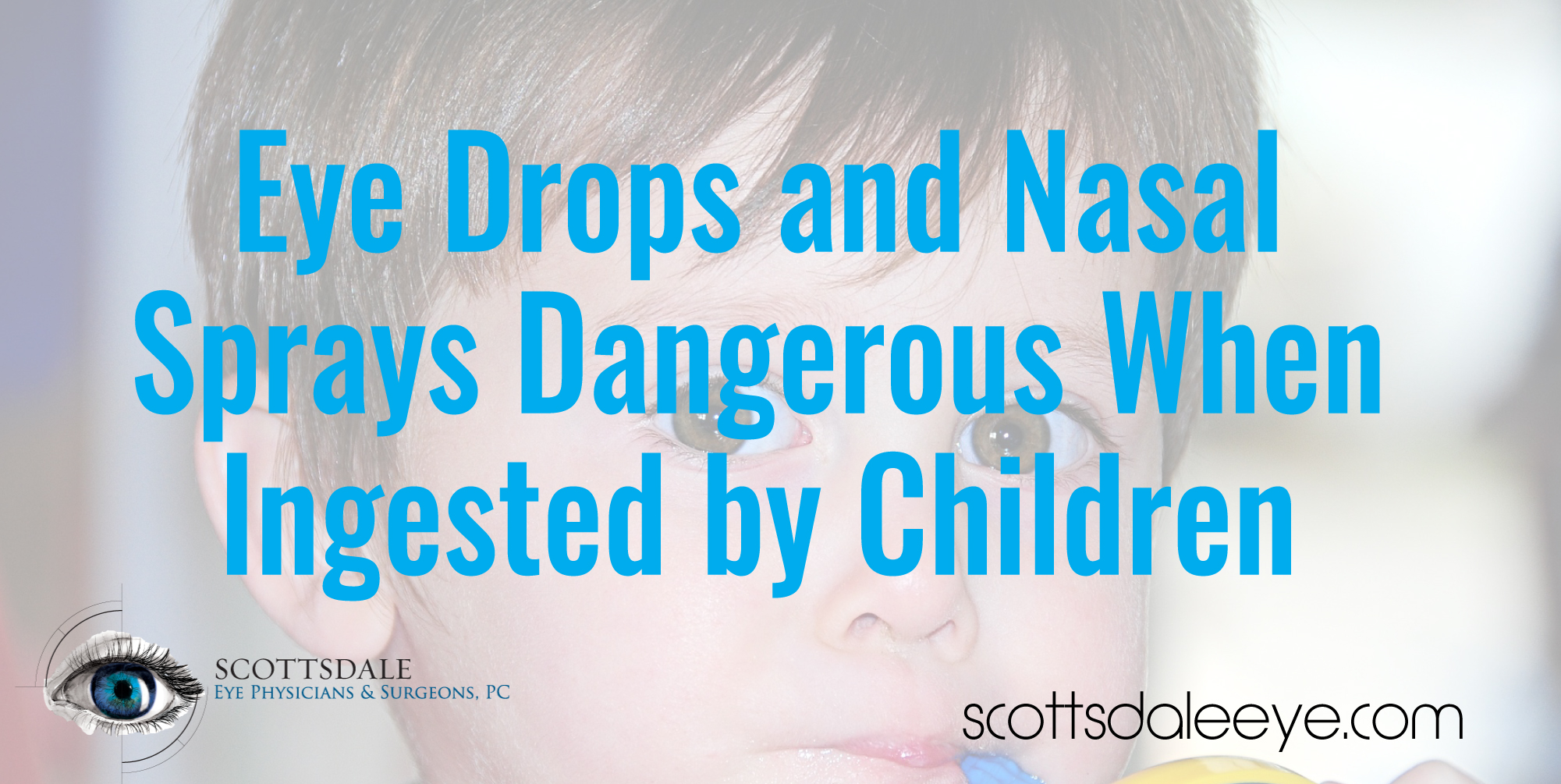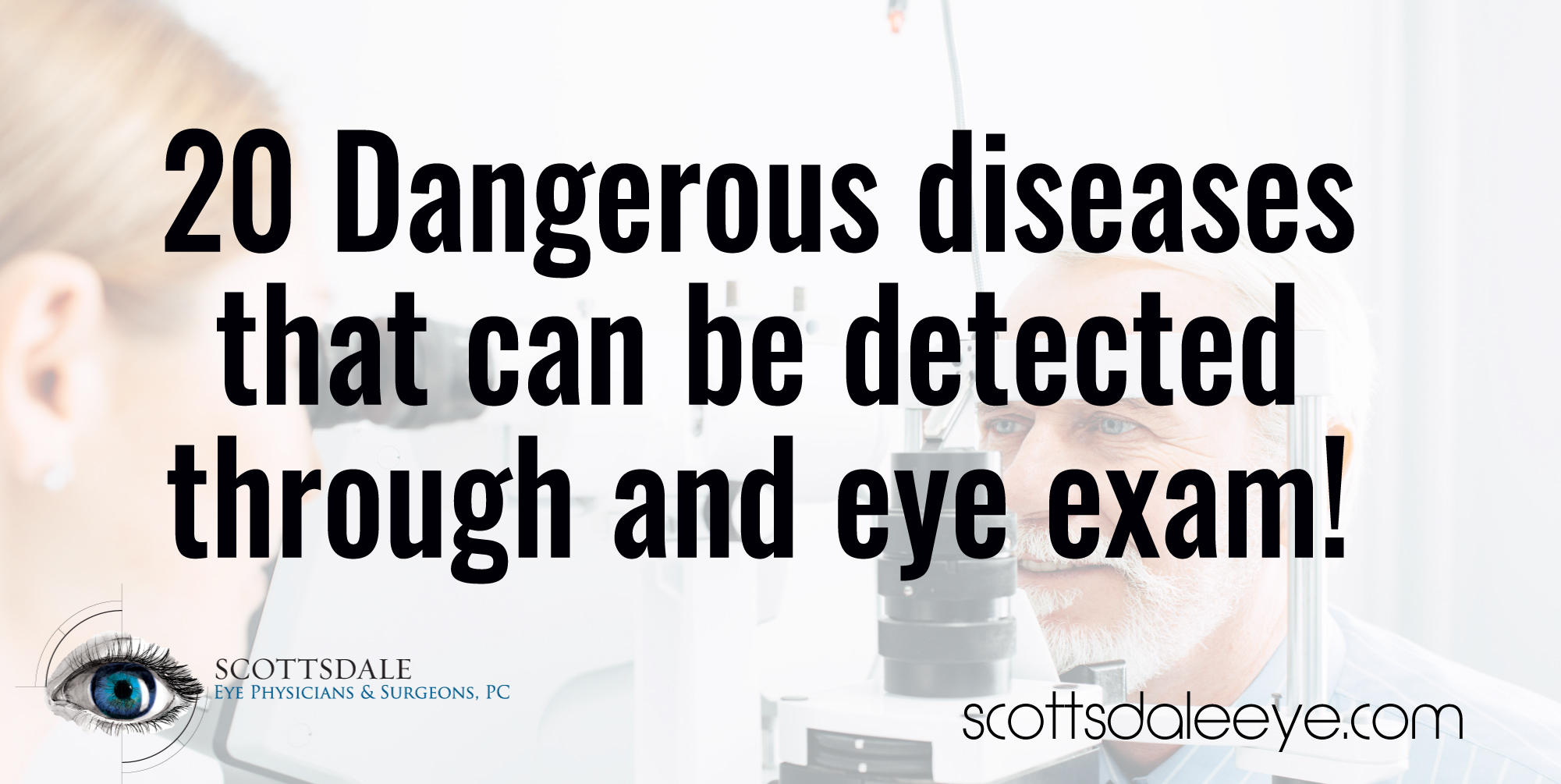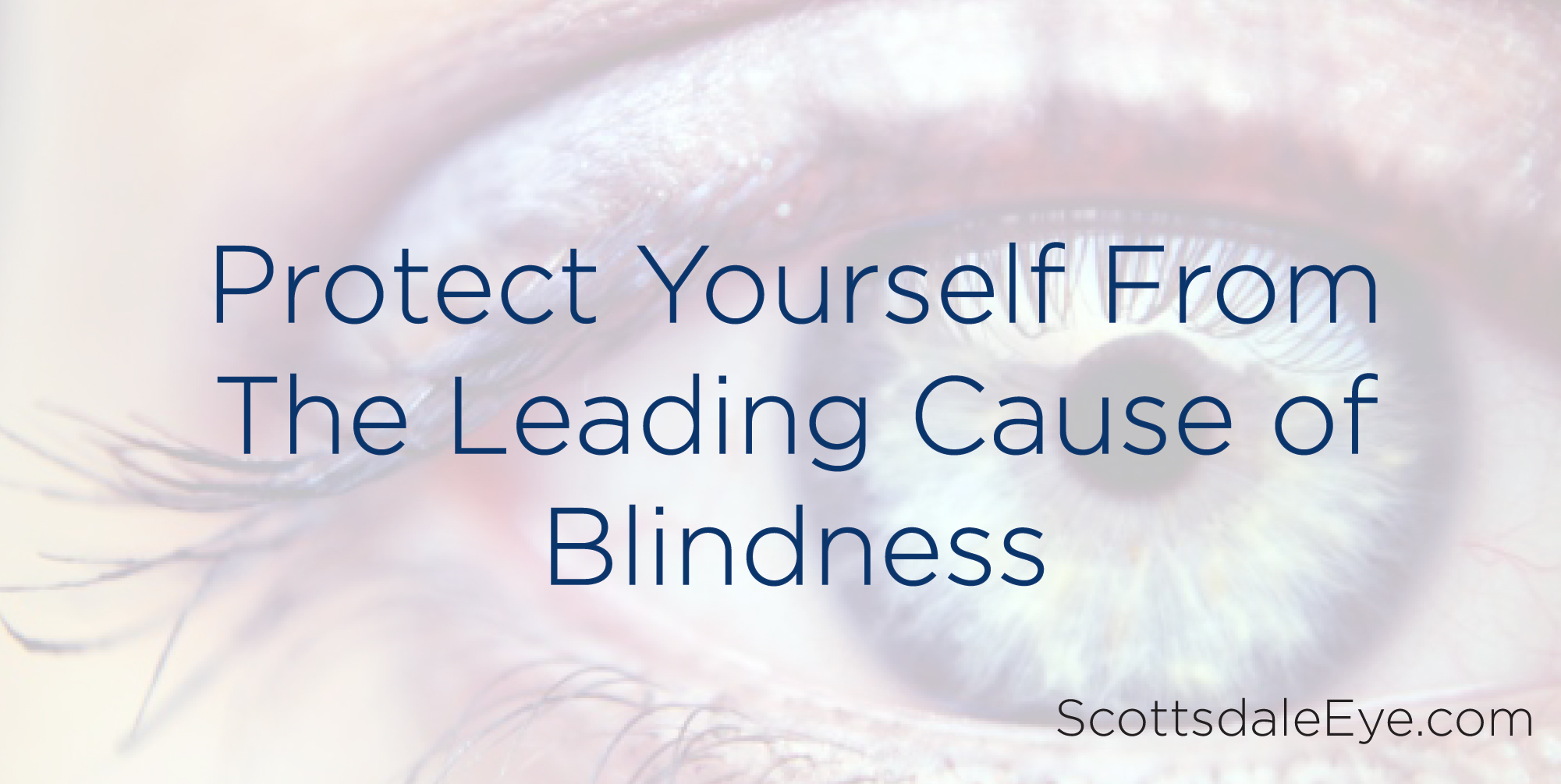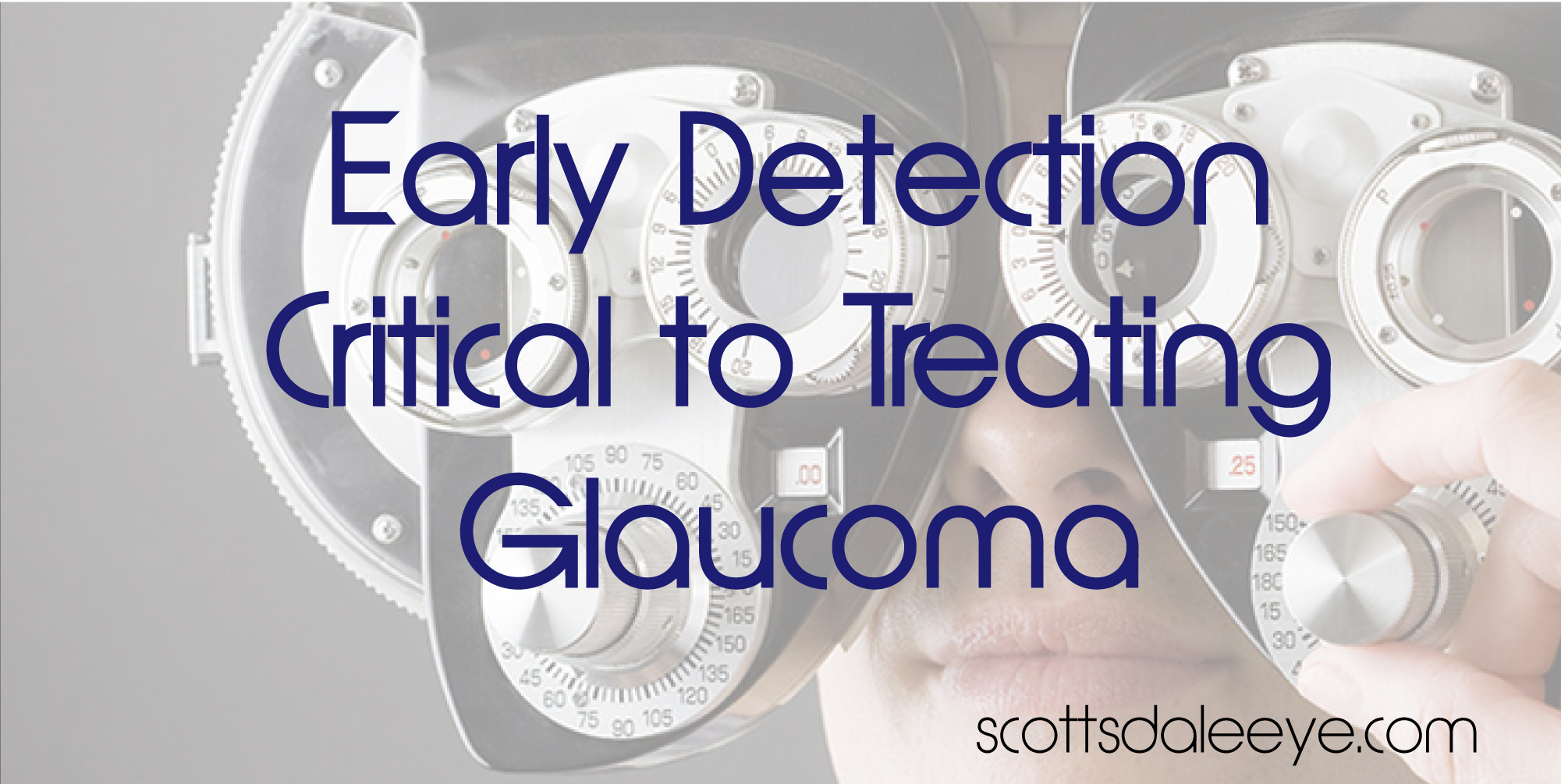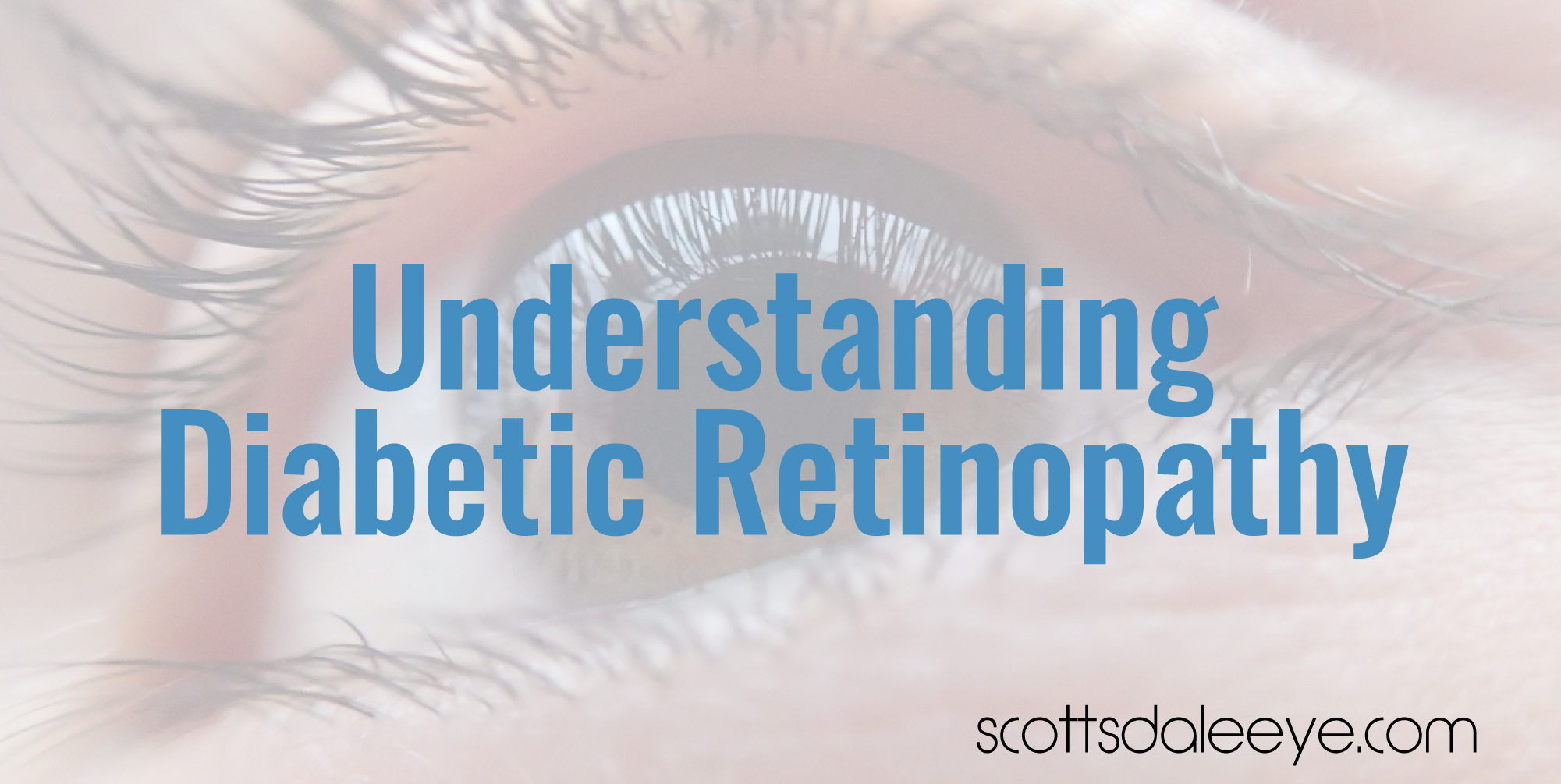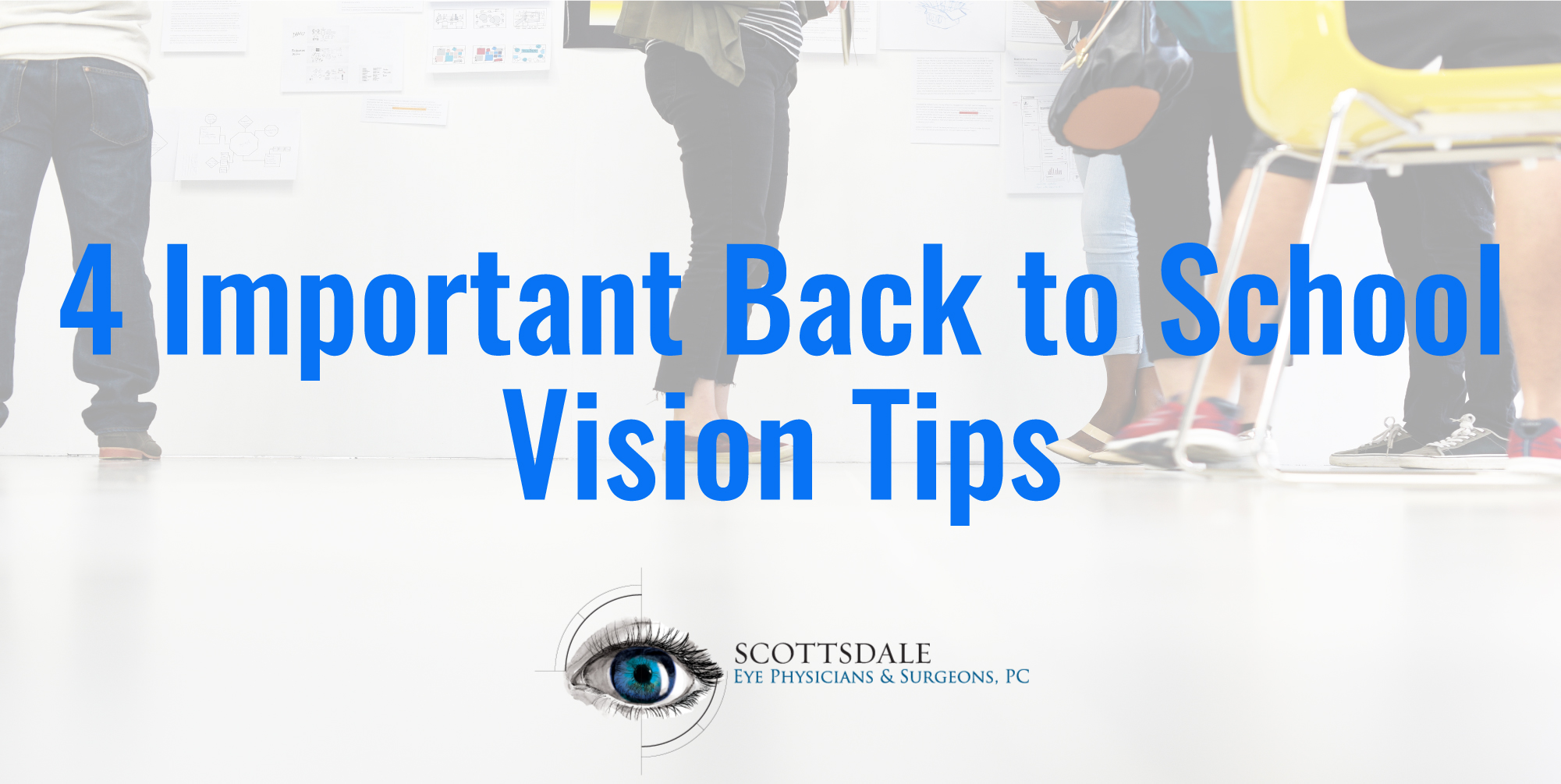Many People think that eye exams are just about vision, but complications spotted in the eye are frequently the first sign of disease lying elsewhere. Because your eyes are the openings to nerves, blood vessels and connective tissues throughout your body.
Here are 20 surprising conditions your eye doctor may detect during a comprehensive eye exam:
1. Aneurysm
An aneurysm is a bubble in the wall of a blood vessel. This can cause a leak or rupture to the wall. A severe, single sided headache or loss of body or facial function can be a sign of an aneurysm. An aneurysm requires immediate medical attention because of its potential damage to your health.
2. Brain Tumor
Increased pressure in the brain that get transmitted to the eyes can be cause by brain tumors. Changes to the optic nerve caused by swelling near the back of the eye can be detected by a doctor. Changes in the size of a pupil, recent double vision, or loss of side vision can also be signs of a brain tumor.
3. Cancers of blood, tissue, or skin
Some cancers can be found during a detailed eye exam. Skin cancers can affect the outer surfaces of the eye and the eyelids. The most frequent types of skin cancers are melanoma, basal cell, and squamous cell. Lymphoma and leukemia can affect the interior part of the eye and tumors in the breast or other areas can also spread to the ocular fixtures.
4. Diabetes
A sign of diabetic retinopathy can be in blood vessels in the retina that leak blood or yellow fluid. This disease can sometimes appear in the eye tissue before a person has even been diagnosed. Vision loss and other serious complication can be avoided with early detection.
5. Giant cell arteritis
GCA is a prolonged inflammation of medium-sized arteries that affects the arms, upper body, and neck. These arteries help nurture the eyes and inflammation can result in double vision, blurred vision, or even sudden vision loss in one or both eyes. Blood tests or a dilated eye exam can allow an early diagnoses of giant cell arteritis. Medical treatment can avoid a lifetime of blindness and even premature death.
6. High blood pressure
Kinks, unusual bends, or bleeding from blood vessels in the back of the eye can be a signal of high blood pressure. High blood pressure affects one in three adults in the US. A known risk factor in the progression or onset of diabetic retinopathy, glaucoma, macular degeneration and other diseases is high blood pressure. During a dilated eye exam your doctor may be able to notice signs of high blood pressure.
7. High cholesterol
A sign of high cholesterol may be a blue or yellow ring around the cornea, particularly in a person younger than 40. Elevated cholesterol can also be detected by deposits in the blood vessels of the retina. This may be an indicator to a life-threatening stroke.
8. Lupus
Dry eyes can coexist with this inflammatory disease. Swelling in the white part of the eye, the middle layer or the light-sensitive tissue located in the back of the eye can also be caused by lupus.
9. Lyme disease
An infection spread by ticks, lyme disease leads to inflammation throughout the body. Many people with Lyme disease experience encounter inflammation to the optic nerve and an increase in floaters in the early stages of infection.
10. Medication toxicities
Some drugs can be toxic to the optic nerve or retina of the eye. Red, scaling eyelids, red eyes, scratchy corneas or conjunctivitis can be symptoms of toxicity.
11. Multiple sclerosis
An indication of multiple sclerosis can be inflammation of the optic nerve. This is a degenerative disease that affects the nervous system. Commonly this inflammation can coincide with severe blurred vision, painful eye movement or even double vision.
12. Myasthenia gravis
Myasthenia gravis is an autoimmune disorder that causes muscles to tire easily and weaken. The early symptoms of this disorder often include problems in the eye. A common indicator is drooping eyelids in one or both eyes. Double vision, weakness in the arms or legs, or debilitating problems with breathing, talking, chewing or swallowing are other symptoms of this condition.
13. Rheumatoid arthritis
Signs of RA most commonly involve red eyes with deep, severe pain. This can indicate scleritis, a painful inflammation of the white part of the eye which requires medical attention. Commonly, people who have rheumatoid arthritis also suffer from dry eye.
14. Sarcoidosis
Sarcoidosis is an inflammatory disease that affects multiple organs in the body, including the eyes. Iritis, a recurring, painful inflammation of the iris or colored part of the eye is the most common symptom of this disease in the eye. Light sensitivity can also be caused by this condition.
15. Sexually transmitted diseases
Syphilis, herpes, chlamydia, HIV, gonorrhea, genital warts, and pubic lice can all affect layers in the eye. These serious conditions can often be detected during an eye exam.
16. Sickle cell disease
Sickle cell disease is a genetic blood disorder that can develop stiff, comma-shaped red blood cells that may block the flow of blood to the body. A wide array of ocular changes from severe hemorrhages, redness and burst blood vessels on the surface of the eye and even retinal detachment inside the eye can all be caused by this disease.
17. Sjögren’s syndrome
Sjögren’s syndrome is an autoimmune disease that causes the body’s white blood cells to attack the glands that make tears and saliva. A key feature of this condition is dry eyes. Other symptoms can include blurry vision, dry mouth, and burning or stinging in the eyes.
18. Stroke
Blood vessels in the retina can contain blockages or clots. These can cause sudden blind spots or give the illusion of a “curtain” closing over a person’s vision. These can also be an indicator of an increased risk for stroke. A loss of side vision could also be a signal of brain damage from a previous stroke.
19. Thyroid disease
Most commonly caused by Graves’ Disease, retracting eyelids and protruding eyeballs are strong signs of hyperthyroidism. This can happen when the thyroid gland creates too much or too little hormone. This can commonly coexist with blurry vision, vision loss, or dry eye.
20. Vascular disease
Bleeding and clotting disorders may cause bleeding in and around the eye. These are also known as subconjunctival hemorrhages. This condition can also cause retinal hemorrhages that threaten vision.
21. Vitamin A deficiency
Signs of Vitamin A deficiency can include dry eyes and night blindness. Without an efficient amount of Vitamin A, your eyes cannot produce enough moisture to keep them properly nourished. By preventing production of certain colors needed for your retina to function properly, low levels of Vitamin A can also cause night blindness. This deficiency is the #1 cause of preventable blindness among children.
It is recommended by the American Academy of Ophthalmology that all adults get a comprehensive eye exam at age 40. Changes in vision or early signs of disease may first appear at age 40. Schedule an eye exam at an earlier age if you have risk factors including high blood pressure, diabetes or a family history of eye disease! Your doctor may be able to catch early signs of a catastrophic condition at your eye exam! Schedule a consultation today on our website or call 480-994-1872.

